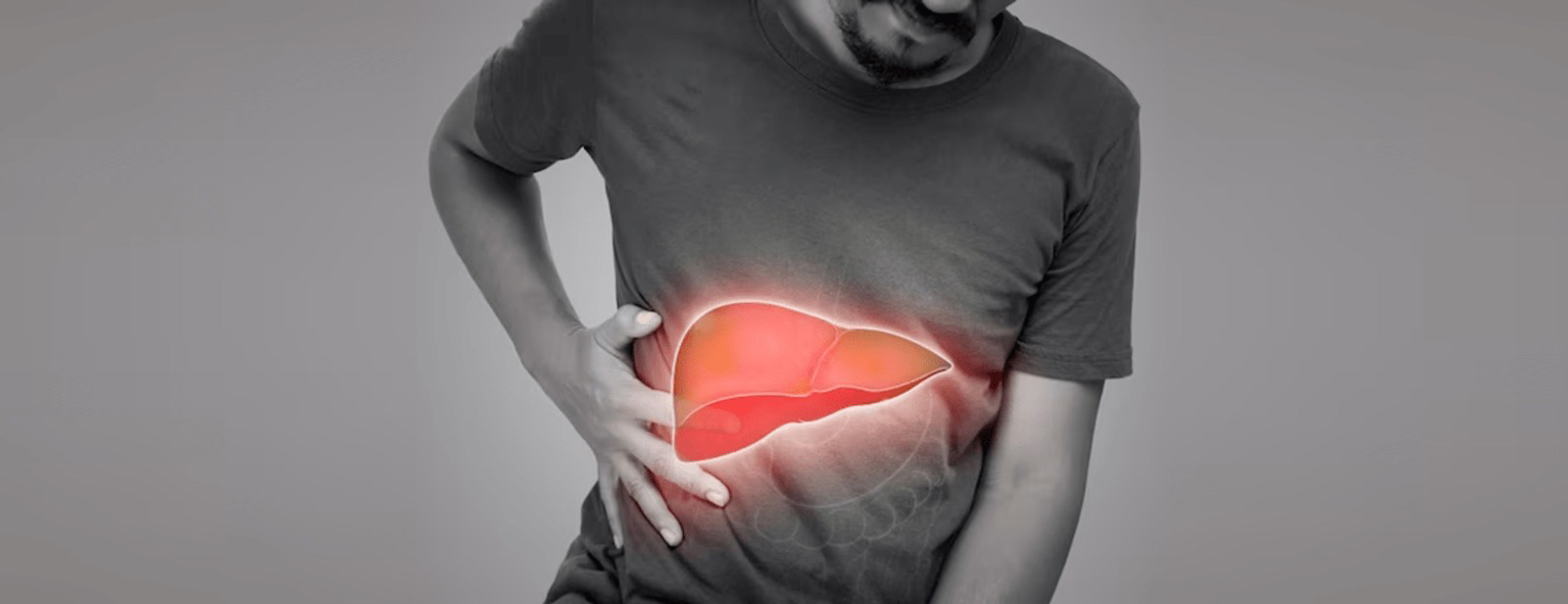RMIT Researchers Develop Smart Wearable to Monitor Wounds and Prevent Infections
Researchers at RMIT University have created a reusable, wearable wound-monitoring device that could help reduce the risk of infections by minimizing the need for frequent dressing removal. Traditional wound assessment methods often require direct physical inspection, which can disrupt healing and delay timely interventions. In contrast, this innovative device enables remote monitoring via Bluetooth, offering real-time data without physical contact.
Designed for cost-effectiveness and reusability, the prototype could offer a better alternative to disposable smart bandages and other high-cost technologies. The device integrates advanced sensors that track critical wound healing indicators such as temperature, pH levels, and inflammation. Elevated temperature may signal infection or inflammation, while shifts in pH can indicate different stages of the healing process.
Dr. Peter Francis Mathew Elango, the study’s lead investigator, emphasized that the device adapts well to the body’s natural contours. “We tested it on a human arm to ensure it conforms to curved surfaces, just as it would in real-world use,” he said. The team is now preparing for clinical trial development in collaboration with industry partners.
The innovation is built on an RMIT-patented platform using high-resistivity silicon-based flexible sensors. These biocompatible components integrate easily into existing manufacturing systems and could cost under $5 per unit if produced at scale.
Professor Madhu Bhaskaran, who leads the Functional Materials and Microsystems Research Group at RMIT, highlighted the broader potential of their sensor technology. Her team has previously developed medical devices for aged care and partnered with Lubdub Technologies to commercialize a wearable heart monitor.
With over 500,000 Australians suffering from chronic wounds, costing the healthcare system $3 billion annually, this breakthrough could significantly improve patient outcomes and reduce costs through smarter, contact-free care.








